Lab
- Silver Sensitivity
- Bleach Bypass
- Developer Concentrate
- Force Processing
- Agitation Cycle
- Replenisher Flow
- Spectral Diffusion
Lab simulates the development of the photographic emulsion through the traditional film processing chain. In addition to imparting film sensibilities to digital footage, Lab can emulate looks associated with outcomes of special film processing, primarily through user control of the develop cycle (silver sensitivity, developer concentration, agitation cycle, replenisher flow, push | pull process, bleach bypass, and tunable contrast diffusion across the full range of spectral densities). In emulating LUT-Free camera and print stocks, Lab provides primary controls for Exposure, Soft Clips, Toe, Knee, and Shoulder. Six vector primary and secondary color controls for saturation, hue, chroma, and vibrance work in over 30 Scene and workspace gamuts in full 32-bit floating point precision. For fine tuning, there are twelve additional user-assignable vectors, each with full control over the 4 color operators. Each vector has dual target zones, providing intensity ranges and strength controls for the intended look.
Reference Shot : Sony F35. S-Log1 S-Gamut IDT to ACES AP0. ACES AP0 to sRGB. No Reverator Exposure, Color, SoftClips, Details, Textures, Pitch, nor Grain were used in any Shot.
Standard Lab


By default, Lab capitalizes on traits associated with reduced film agitation, namely : maximum shadow detail extraction, dense color purity particularly in dark regions, reduced global contrast, increased local contrast, tempered highlights, and a greater concentration of fine-grained tonality.
Custom Lab. Agitation : low. Replenisher : mid-high. Contrast diffusion : moderate mid-frequencies. Push processing : moderate-high


Custom Lab. Agitation : low. Replenisher : moderate. Contrast diffusion : moderate mid-frequencies. Push processing : high


Film developer solution works and exhausts quicker in bright areas than in dark areas. Agitation tempers the effects of this phenomenon by controlling the flow of fresh developer (replenisher) into the bath. Lower replenisher rates (lower agitation periods) allows active developer to remain longer in dark areas where the least sensitized salt crystals require the most time to fully develop. A single agitation period in the middle of the develop cycle has the exhausted developer resting undisturbed in the highlights (acting as a buffer from further developing), while allowing active developer to continue building density in the shadows. By giving the developer more time to work in the shadows, it brings out more details than otherwise would be possible through multiple agitations.
Custom Lab. Agitation : mid-high. Replenisher : low. Contrast diffusion : moderate mid-frequencies. Push processing : moderate-high


Each agitation period in a develop cycle dispenses some fresh developer. With fewer bright areas remaining undeveloped, and denying dark areas the time to fully develop, developer solution depletes at a slower rate over the develop cycle. Manually reducing replenisher allows existing active developer time to work in dark areas, while acting as a restrainer in developed bright areas. However, combined with very little or no agitation, manually reducing replenisher has the effect of lowering developer concentrate, limiting its ability to expose salt crystals in both light and dark areas.
Custom Lab. Agitation : mid-high. Replenisher : low. Contrast diffusion : pronounced low-frequencies


Lab extends capabilities beyond traditional film processing through Spectra. Through the scattered diffusion of undulating film densities, Spectra’s tunable frequency bands can induce dreamy to dramatic film looks. Spectra rides on retained – yet active – developer, and is particularly effective when restricting replenisher flow.
Custom Lab. Agitation : mid-high. Replenisher : mid-low


As emulsions contain grains of varying sizes, push processing increases the exposure by placing more density in the least sensitized finer-grained layers. This tends to decrease overall graininess, but pushing too far increases contrast and may curtail fine details in highlights. Push processing also strengthens color saturation. Limited agitation brings significant speed (sensitivity to light) increases to film, allowing for aggressive push processing with manageable contrast buildup.
Custom Lab. Agitation : high. Replenisher : low. Contrast diffusion : moderate mid-frequencies


An increase in agitation lessens the buffering effect of exhausted developer in brighter areas as fresh developer is dispersed multiple times through the develop cycle. As the developer is selective (favoring highlights), increased agitation prevents the developer from exhausting in the shadows that would otherwise compensate for an increase in global scene contrast.
Custom Lab. Agitation : high. Replenisher : mid-low. Contrast diffusion : pronounced low-frequencies


There are several ways to compensate for over-developed highlights, increased contrast, and density build up from higher agitation periods. Lab’s developer concentration dilution, silver halide sensitivity reduction, and a pull process all yield lower densities. To fully boost shadow details, set agitation to lowest and reduce replenisher level. This tempers overall contrast, and provides the expected grains correlation with push processing (where many of the formally under-exposed grains in the shadows become developable and convert to silver).
Custom Lab. Agitation : high. Replenisher : mid-low. Contrast diffusion : pronounced hi-frequencies


Used in combination, each Lab process (Silver halide sensitivity, Pull | Push, Developer, Agitation, Replenisher, Spectra, Diffusion) contributes to different outcomes. As the replenisher is calibrated with each agitation period, there is no loss of film speed when the replenisher remains at its default setting.
Custom Lab. Bleach bypass preset. Presets individually calibrated to each Camera and Print Stock. Fully user customizable.


Bleach bypass typically works best in low-contrast and highly saturated scenes. Unexposed salt crystals are still light-sensitive and need to be neutralized, whereas metallic silver is already desensitized. Fixing agents in a bleach bath dissolve unexposed and undeveloped silver halide crystals from the layers. Reducing, “bypassing”, or “skipping” this bath retains some or all the silver. And just like developer solution, given enough time, the fixer will attack and dissolve all metallic silver. Any retained silver through bleach bypass increases the contrast and grain, while fewer remaining dyes render a restricted color palette of lower saturation. There can be a significant reduction in dynamic range, making it difficult to recover details in the shadows. There can be color shifts, usually towards cyan, and maroons and blues tend towards black.
Custom Lab. Agitation : lowest. Replenisher : highest
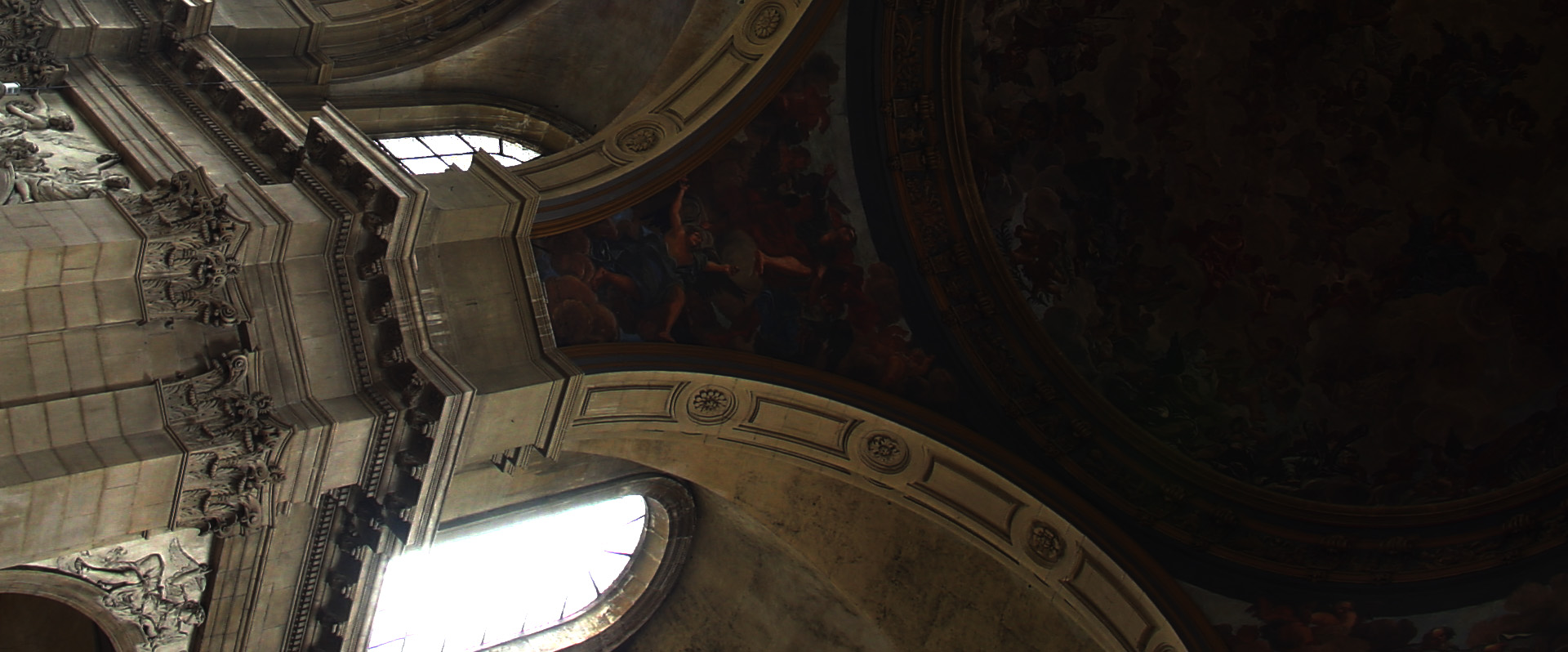
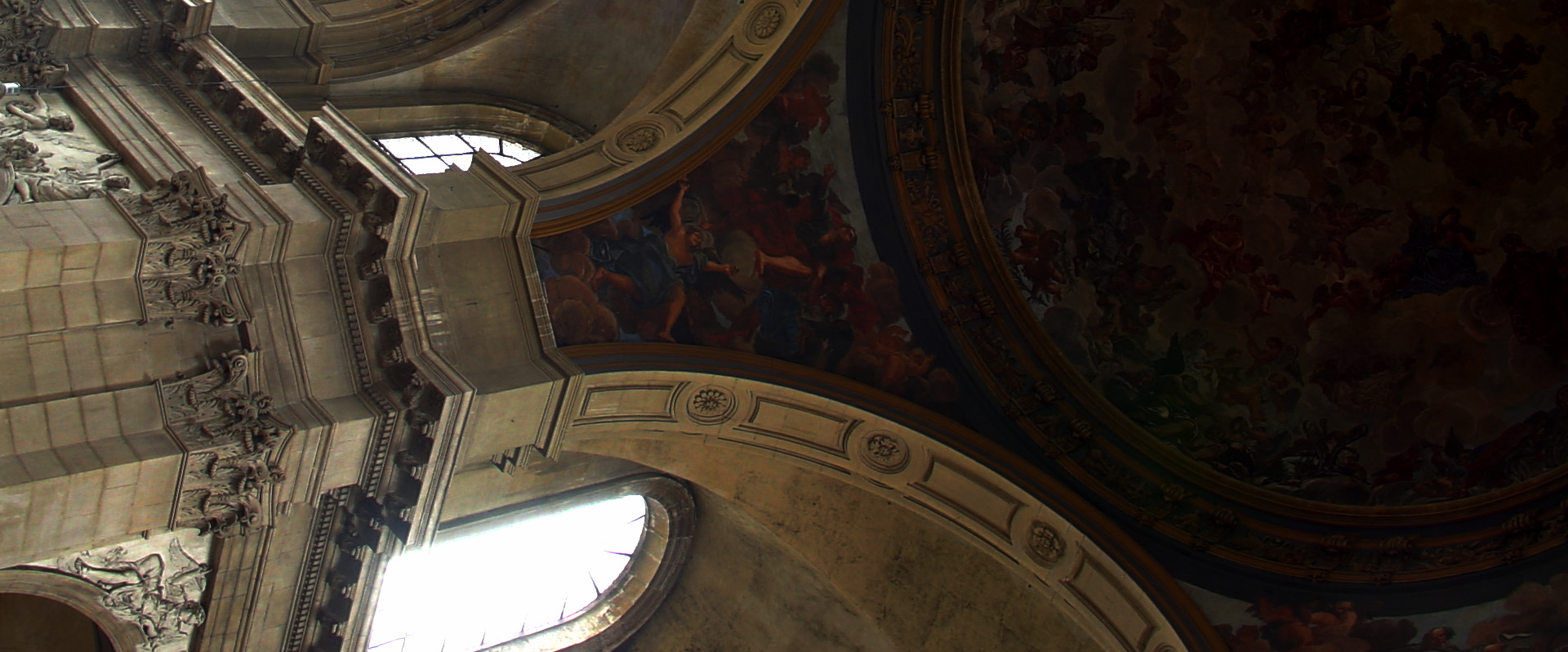
Lab’s default settings renders increased color purity and boosts nascent shadow details.
ARRI LogC to sRGB. Custom Lab. Agitation : mid. Replenisher : mid-low. Contrast diffusion : moderate hi-frequencies. Push processing : moderate-high
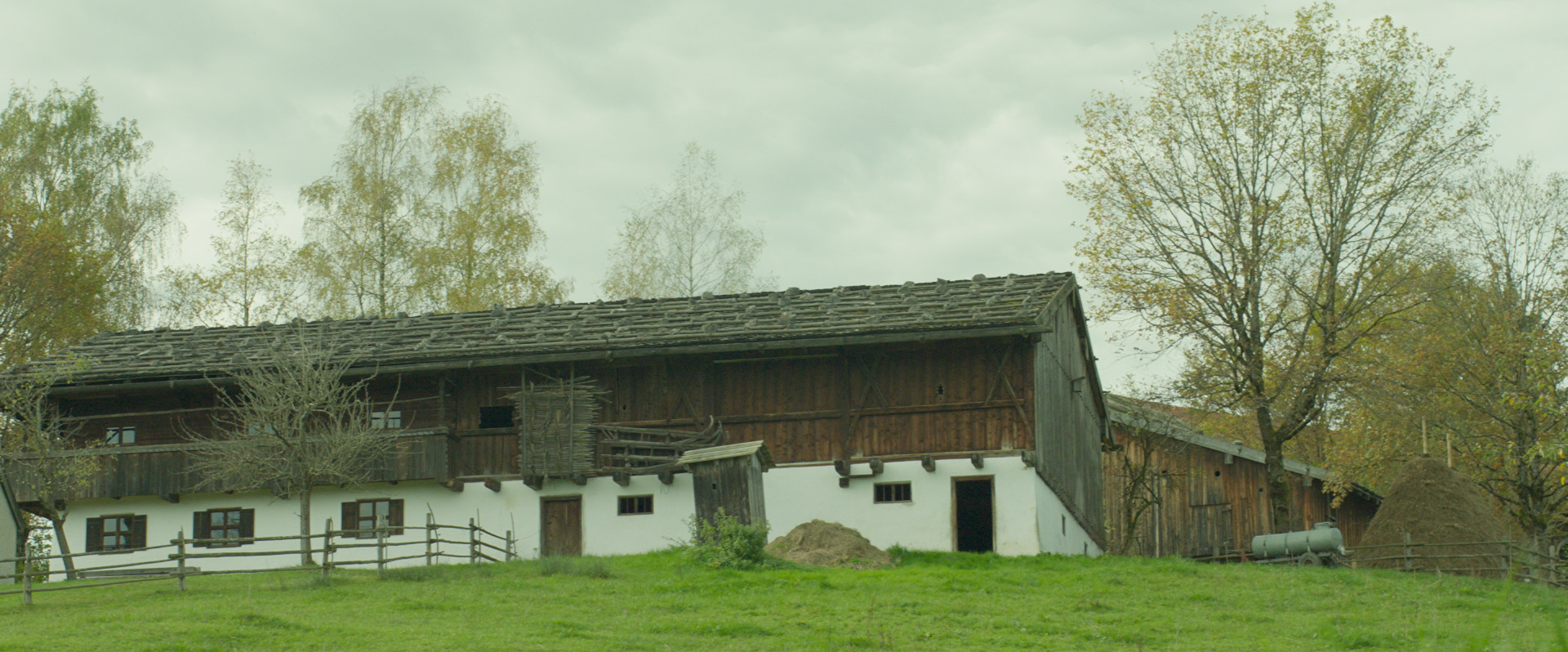
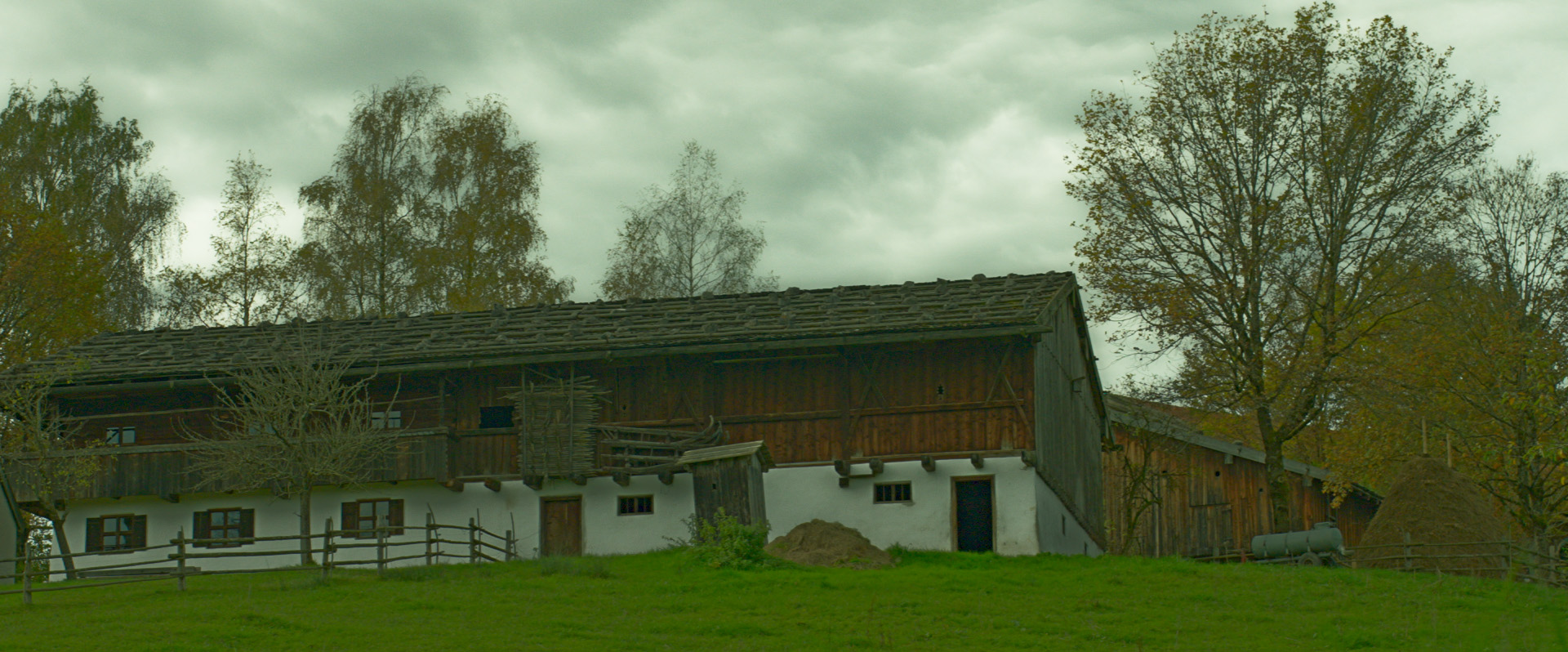
Lab’s Shoulder, Knee, and Toe were used to render this image.
Cineon Film Log to sRGB. Custom Lab. Agitation : lowest. Replenisher : highest
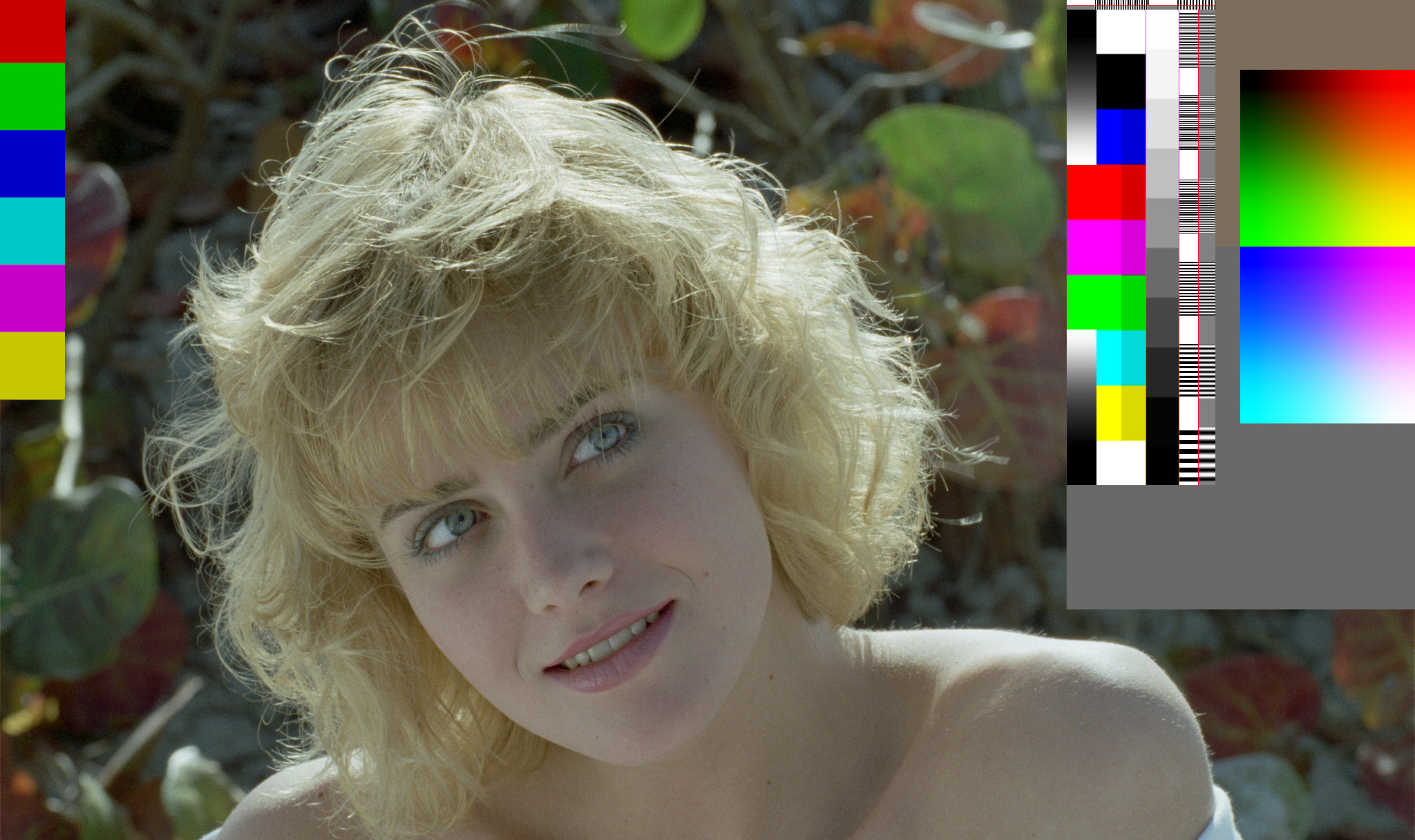
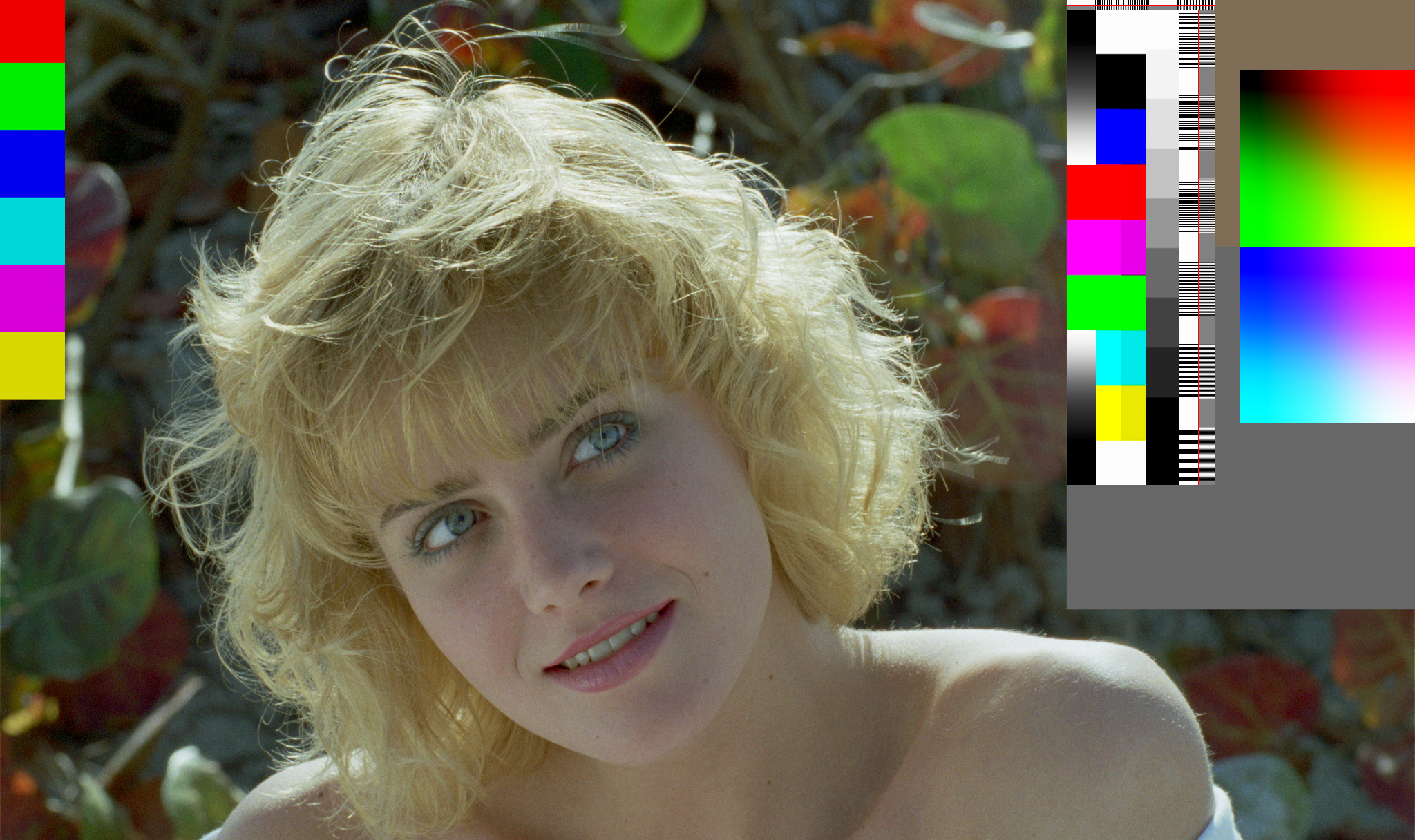
Lab’s Shoulder, Knee, and Toe were used to render this image.
Reverator’s Lab works in over 30 Camera and workspace gamuts, including ACES, Linear, color managed, and color unmanaged. For best outcomes, Reverator’s Log, Gamma, Hybrid Log-Gamma, and Linear processing is 100 % LUT-Free. At 32-bit GPU floats per channel, Log clips can be processed in Linear, and Linear clips processed in Log.
